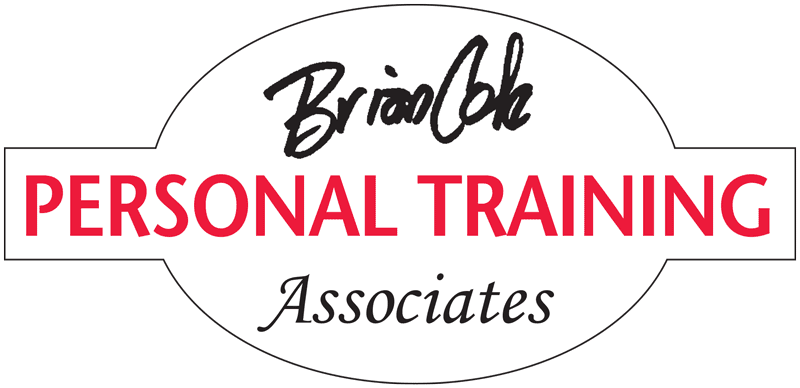A few years ago a local physical therapist and I developed and patented a low-back strengthening machine—The Back Unit. We developed it because we each were familiar with the research that clearly proved that with low back problems, strengthening—not stretching—is the key.
I’m going to expand that to other muscles, explain why and hopefully some of you will change/broaden your thinking—and your exercising. I’m not going to write this to those of you who also study this esoteric stuff because if I write “Hypertonic iliopsoas causes hypertonic antagonist semitendinosus, semimembranosus and biceps femoris as well as the more commonly cited erector spinae and quadratus lumborum,” the majority of readers will understandably tune out. So, I promise to speak in less pretentious terms. Now, take a moment, close your eyes, breathe deeply, clear your mind. Here we go.
The function of some muscles is to move our body parts. Think biceps (the front of our upper arms)—they bend our arms at the elbow. Or triceps (the back of our upper arms)—they straighten our arms at the elbow. If we don’t train these muscles, they just atrophy. And we have weaker arms. We can’t lift as much.
But the function of some muscles is to keep us upright. To hold our skeletal system in place. To maintain some semblance of posture. Or put it this way: their function is to prevent movement. That’s their primary job. If we don’t train them, they’re also weaker but what happens then? They still have their job to do, or we would just be lying on the ground as an unsupported skeleton. What happens is they get tight so they can continue to hold us upright.
Tight muscles with a primary postural function do not need to be stretched. They are tight for a reason. They need to be strengthened so they can do their job without being tight.
Column space won’t allow me to address all muscles with a postural function, so I’m going to choose a muscle group we’ve all been told to stretch. Our hamstrings (the back of the upper leg). For instance, with low back problems we’re told to stretch our hamstrings/keep our back muscles flexible/tighten our abdominals for support. Simply, that’s not only ineffective, it’s counter productive. Our hamstrings and backs have to be strong to hold our pelvis and torso in place and to keep us upright. They have to be strong so they don’t have to be tight.
Am I saying don’t stretch hamstrings? Absolutely. I am saying exactly that. Don’t try to stretch hamstrings. They need to be strong not long. I don’t know who came up with the idea but touching our toes with our knees straight will not benefit us in real life.
Our culture involves a lot of sitting- when we eat, at our desks, in our cars, in front of televisions, etc. This angles our pelvis anteriorly (the top angles forward) which puts pressure on the low back. The counter balance to that is the pull down when standing of (yep, you guessed it) strong, not long, hamstrings. The shortened, weakened, tightened muscles on the front of the body due to excessive sitting put pressure on the hamstrings and makes them tight unless they’re safely strengthened.
My space is up so I’ll close with: Trying to stretch a muscle will not make it longer anyway. The whole concept of trying to stretch muscle tissue as an effective path to greater flexibility and more freely moving joints is just not based on sound physiological principles. But that’s another full column. Stay tuned…

